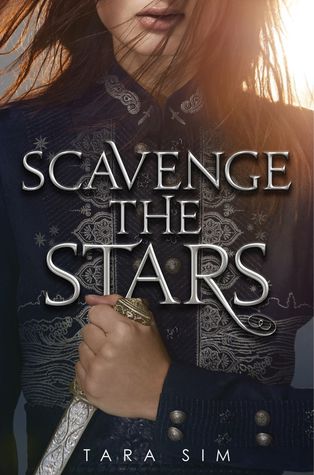
- Secret identities.
- Opulent parties.
- Tangled secrets.
- Queernormative.
- Betrayal.
- Revenge.
If any of those criteria fit your reading checklist, you don’t want to miss out on Tara Sim’s Scavenge the Stars. This genderbent Count of Monte Cristo retelling is an absolute delight. Meet Amaya and Cayo, two protagonists that couldn’t have led more different lives. Amaya has spent the past seven years working off her parents’ debt on the Brackish and is only weeks away from earning her freedom. Cayo is the son of a wealthy merchant of Moray and spends his time gambling away his father’s wealth in the Vice Sector. But when Amaya rescues a drowning man, her fortunes change, and she’s given the opportunity to take down the man who destroyed her family and forced her into indebted-labor—Kamon Mercado, a dirty businessman and Cayo’s father. As a dangerous plague rips through the city, Amaya and Cayo have to decide where their hearts truly lie and if they are willing to accept the hefty price of revenge.
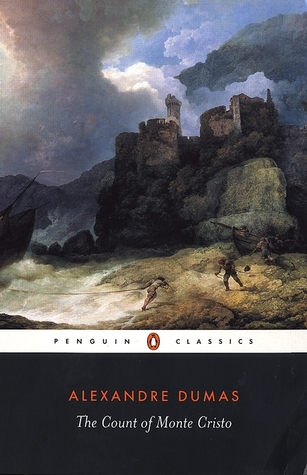 This book was one of my most anticipated reads coming into 2020 and it did not disappoint. Thirty-some pages into the book, I had already decided it was one of my all-time favorites and was scheduling a re-read. The Count of Monte Cristo is my favorite “classic.” I adore the intricate revenge that Edmond Dantès develops along with his single mindedness in seeing it through to the end, no matter the cost.
This book was one of my most anticipated reads coming into 2020 and it did not disappoint. Thirty-some pages into the book, I had already decided it was one of my all-time favorites and was scheduling a re-read. The Count of Monte Cristo is my favorite “classic.” I adore the intricate revenge that Edmond Dantès develops along with his single mindedness in seeing it through to the end, no matter the cost.
Sim does the classic Dumas story justice and manages to make it even better because now it’s genderbent and queer.
Both Amaya and Cayo are complex characters that will win you to their side despite the less than perfect decisions they continue to make. I adored Amaya. She takes no prisoners and is willing to see her revenge carried out no matter what, but she’s always worried about those around her and she wants a happy ending. Cayo has all the hallmarks of your typical millionaire playboy, but he’s so much more complex beneath the surface. And when they’re on the page together, these two make a fantastic duo—even if they’re totally scamming each other throughout.
The supporting cast is just as fabulous and diverse, and the main side characters are as fully realized as Amaya and Cayo. My personal favorites are Deadshot (I am such a sucker for a sharpshooter and she is positively DIVINE) and Romara (the deliciously dark daughter of the Slum King who will shank you as soon as smile at you). Sim’s worldbuilding shines in how inclusive it is to people of all skin tones, genders, and sexualities. And perhaps the best part of this is how it’s simply the norm for the world.
None of these topics are causes for animosity or hatred in the world or between characters, making it a safe space for marginalized identities to come and enjoy a swashbuckling story of revenge with just a hint of romance.
On the technical side of things, I can’t write this review without praising Sim’s writing. It’s magnificent. The Count of Monte Cristo is a BEAST of a book and if you’ve read it, give yourself a huge pat on the back. Scavenge the Stars is the pocket edition—it’s taken all the best parts and homed in on them. The pages flew by. I would sit down to read a chapter or two and suddenly I was a hundred pages further and my dog was wondering why I wasn’t getting his dinner ready. Sim trusts her readers to make the connections and unravel the mystery right along with Amaya and Cayo. Her word choice was excellent, and from the first line of “The first thing Silverfish had learned on board the Brackish was how to hold a knife,” (What a fabulous first line!) to the final line of the story, prepare to be swept away. Both Amaya and Cayo have agency, constantly making difficult choices that in the moment seem like the right thing to do but end up causing way more problems than they fix. I love when characters create their own problems, and Amaya and Cayo excel on that front.
Scavenge the Stars is book one in a planned duology and if you’re anything like me, you are going to be demanding book two when you get to the last page. I can’t wait to read the next book—I have theories and questions and I need answers! Scavenge the Stars has gained a place of honor in my heart and on my shelf and I can’t recommend it enough. Happy reading!

Katie Passerotti is a writer, teacher, and fangirl. She is obsessed with villains and will probably assist one in taking over the world. When she’s not making diabolical plans, she and her wolfhound are off exploring forests and parks or she’s reading stories about fierce, fantastical girls. Follow her on Twitter @KatjaBookDragon




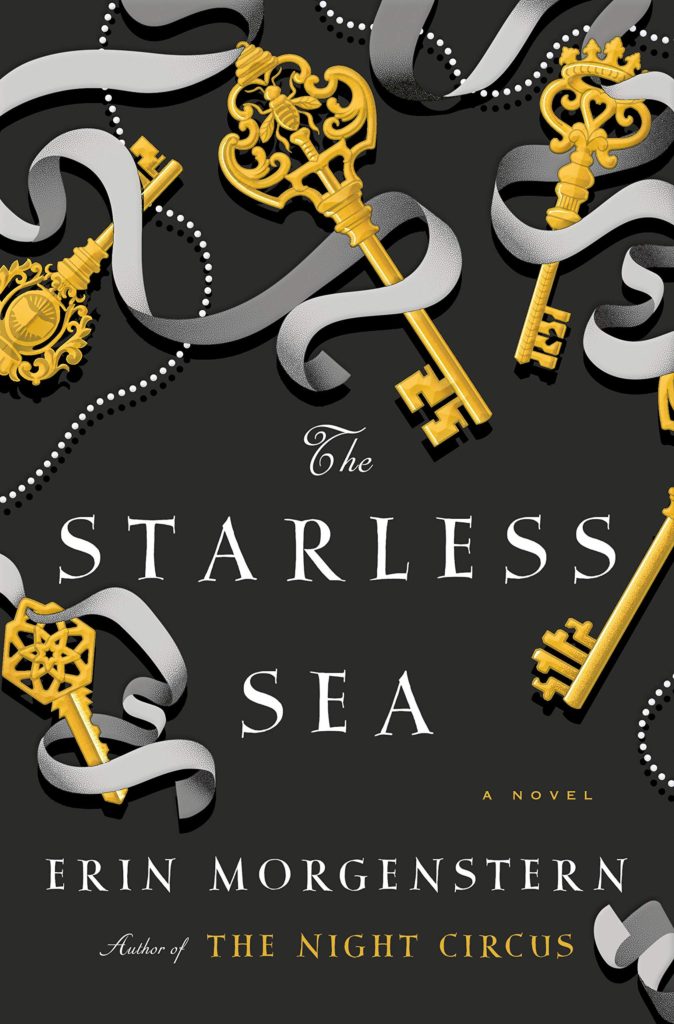























































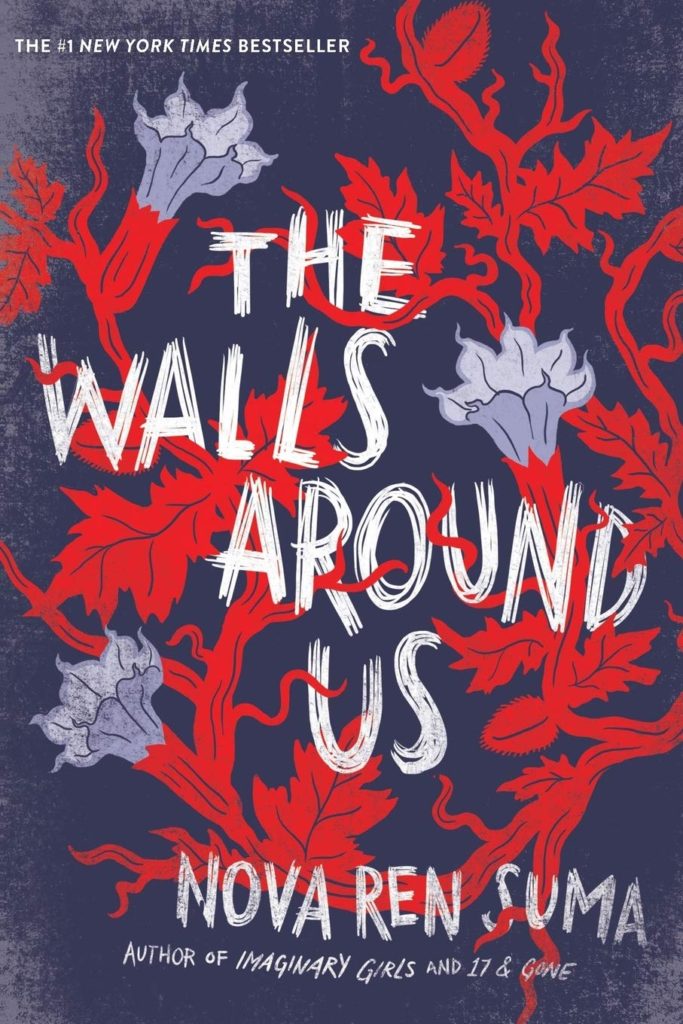
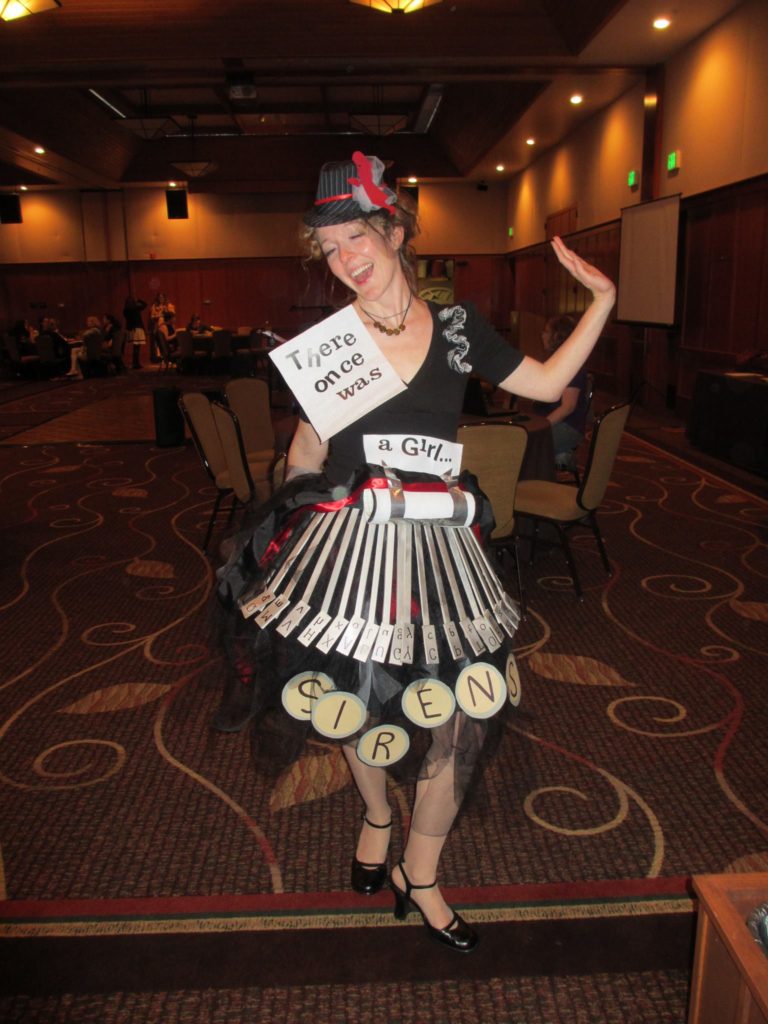
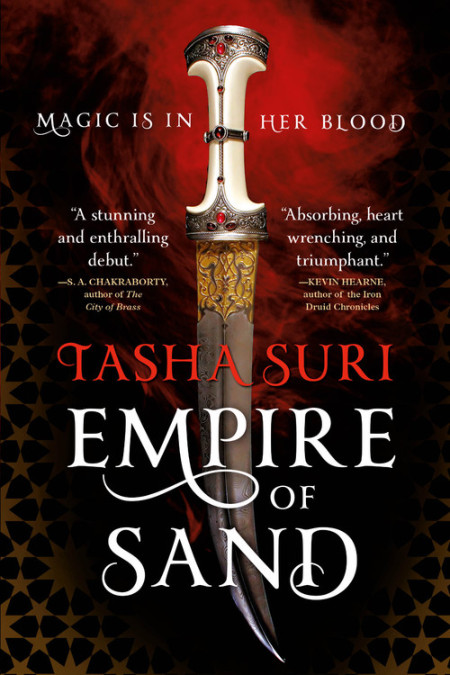
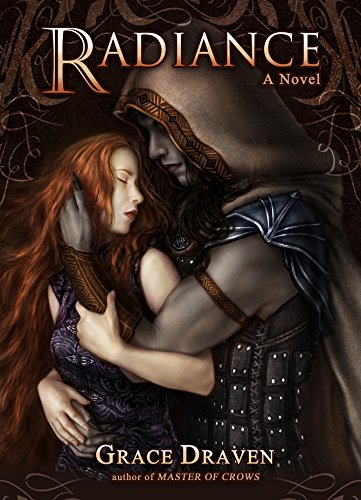
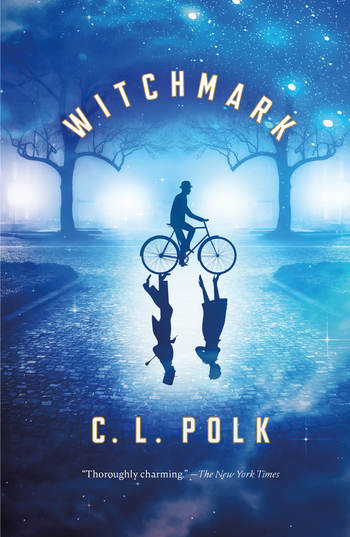
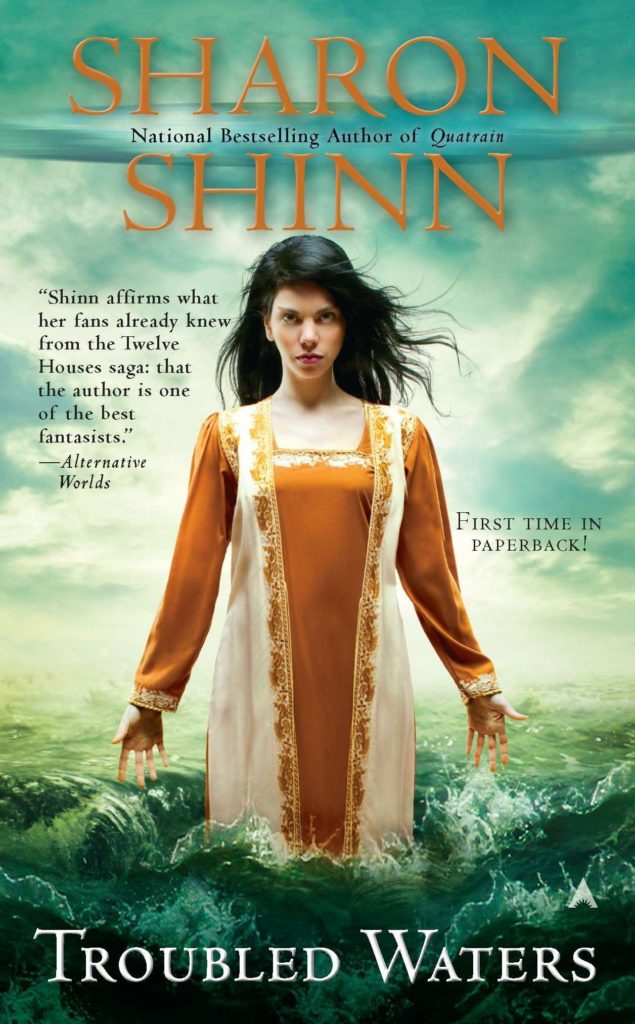
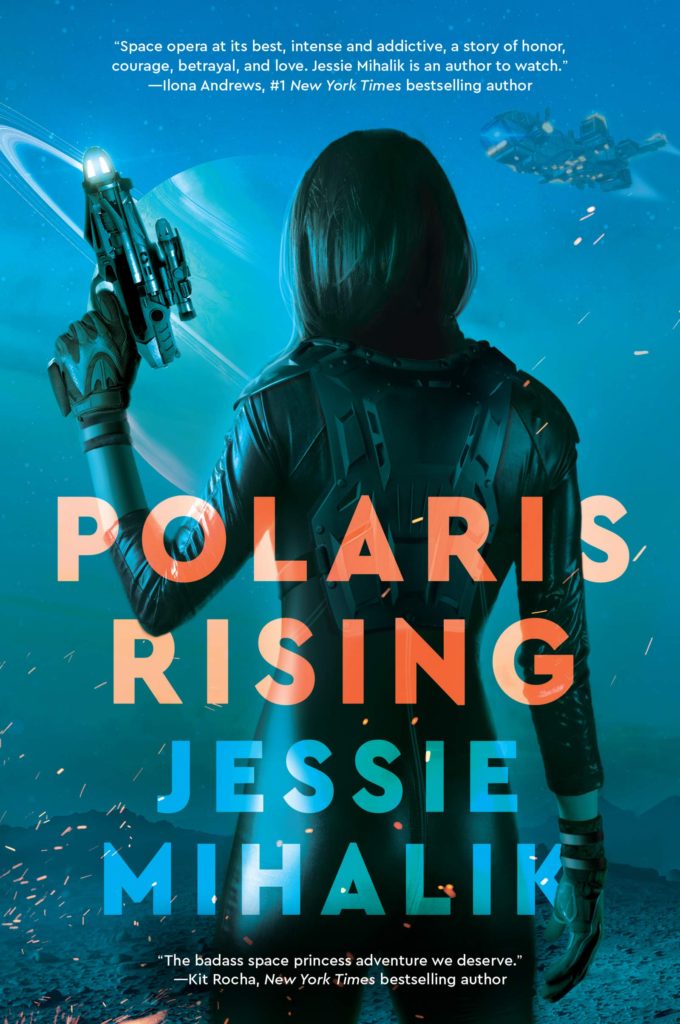
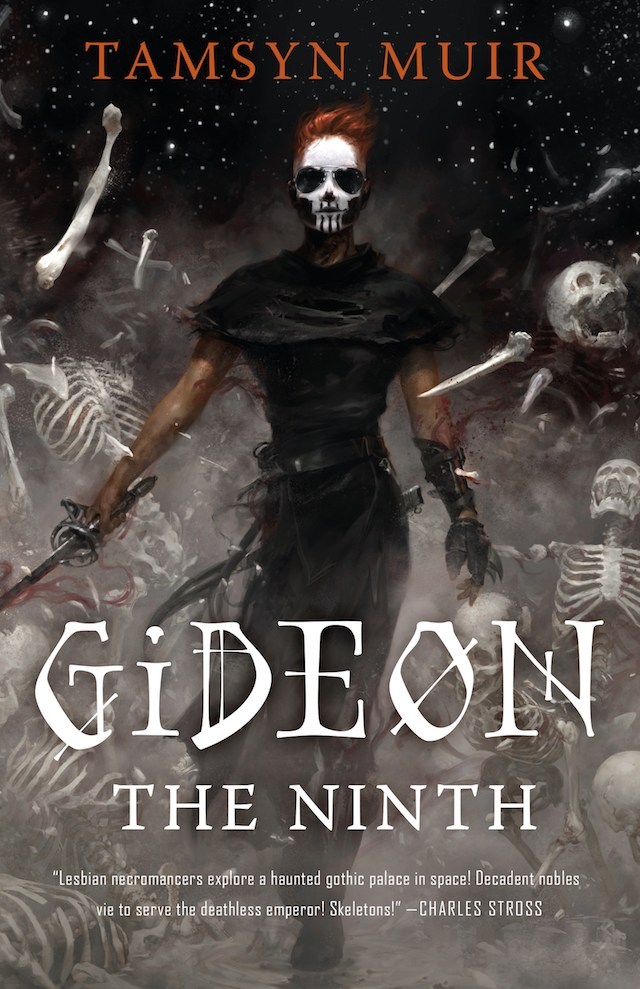





























































































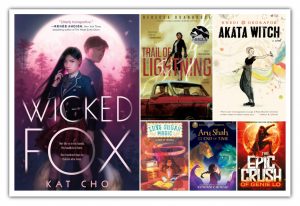
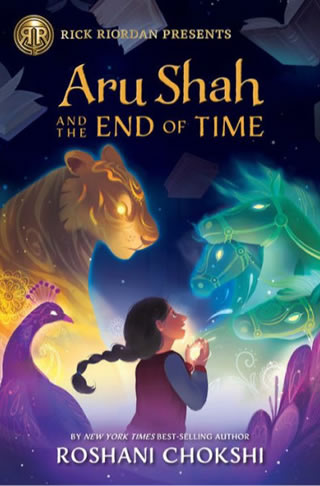
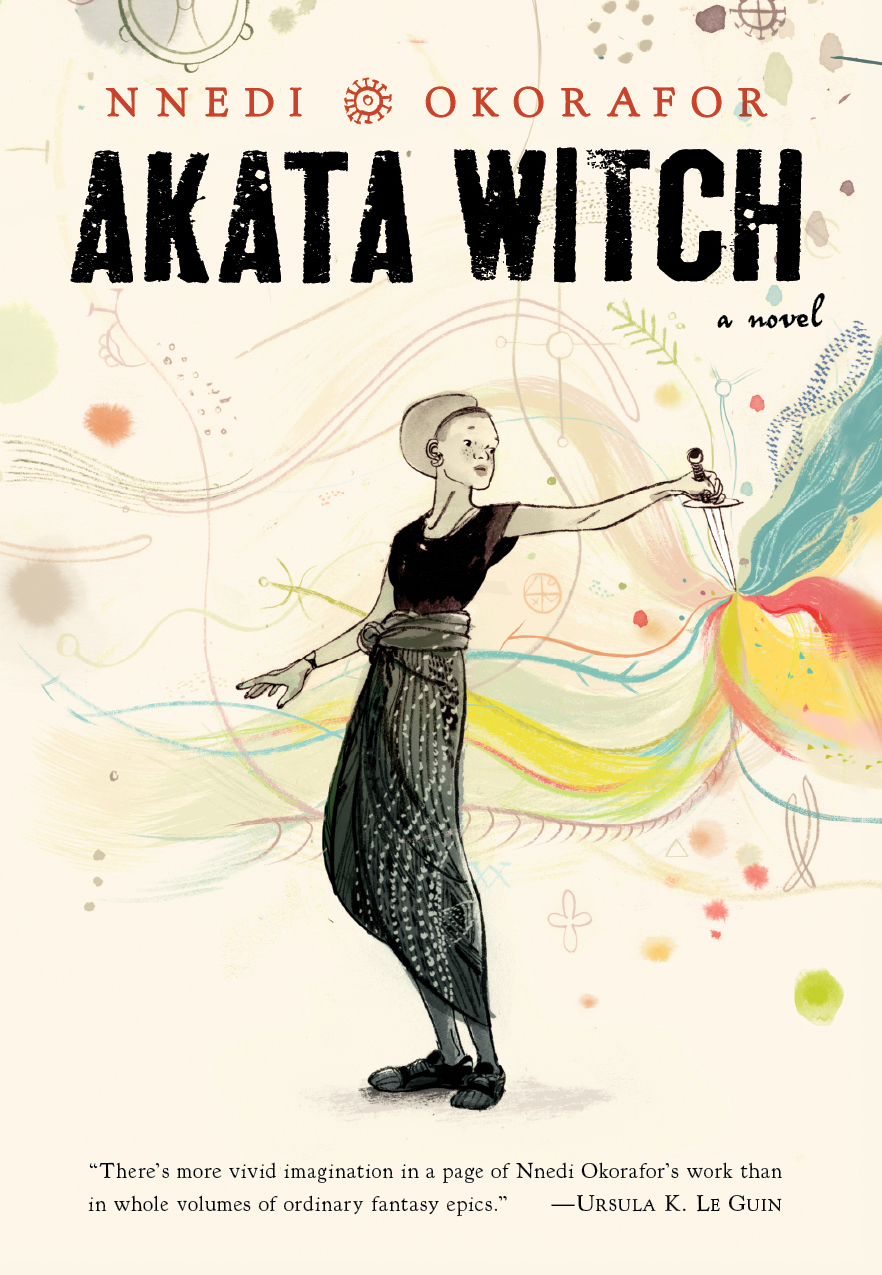
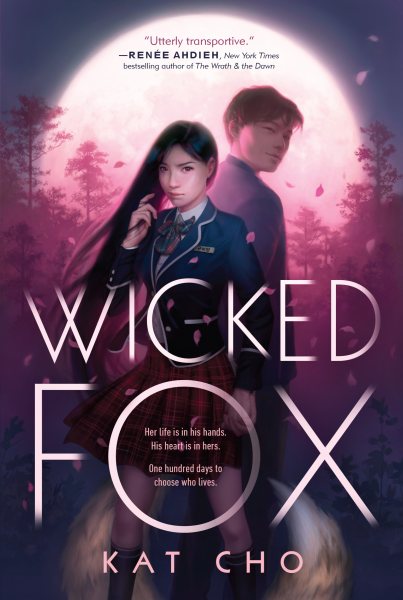
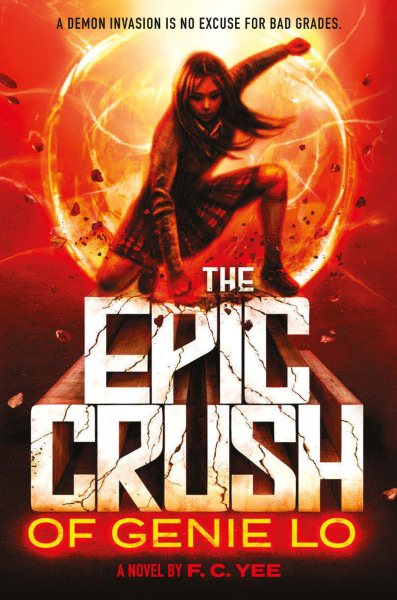
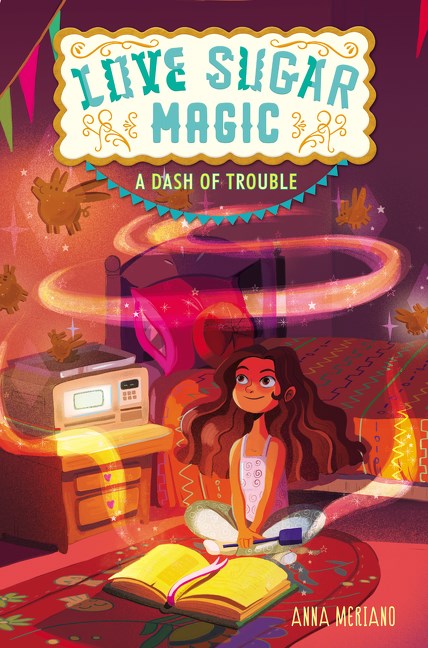
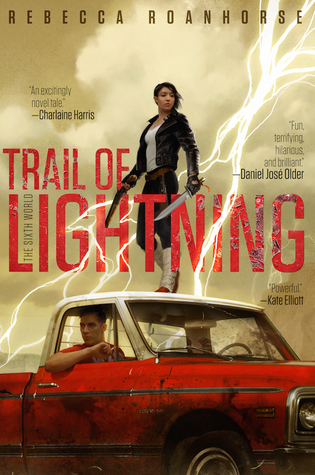










































































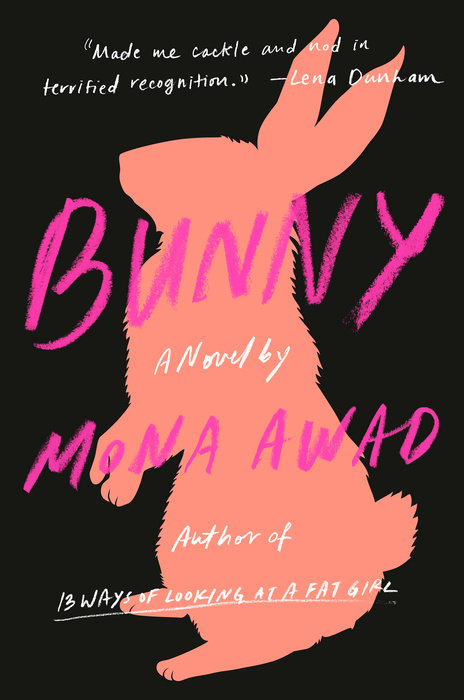



Connect with the Sirens community
Sign up for the Sirens newsletter